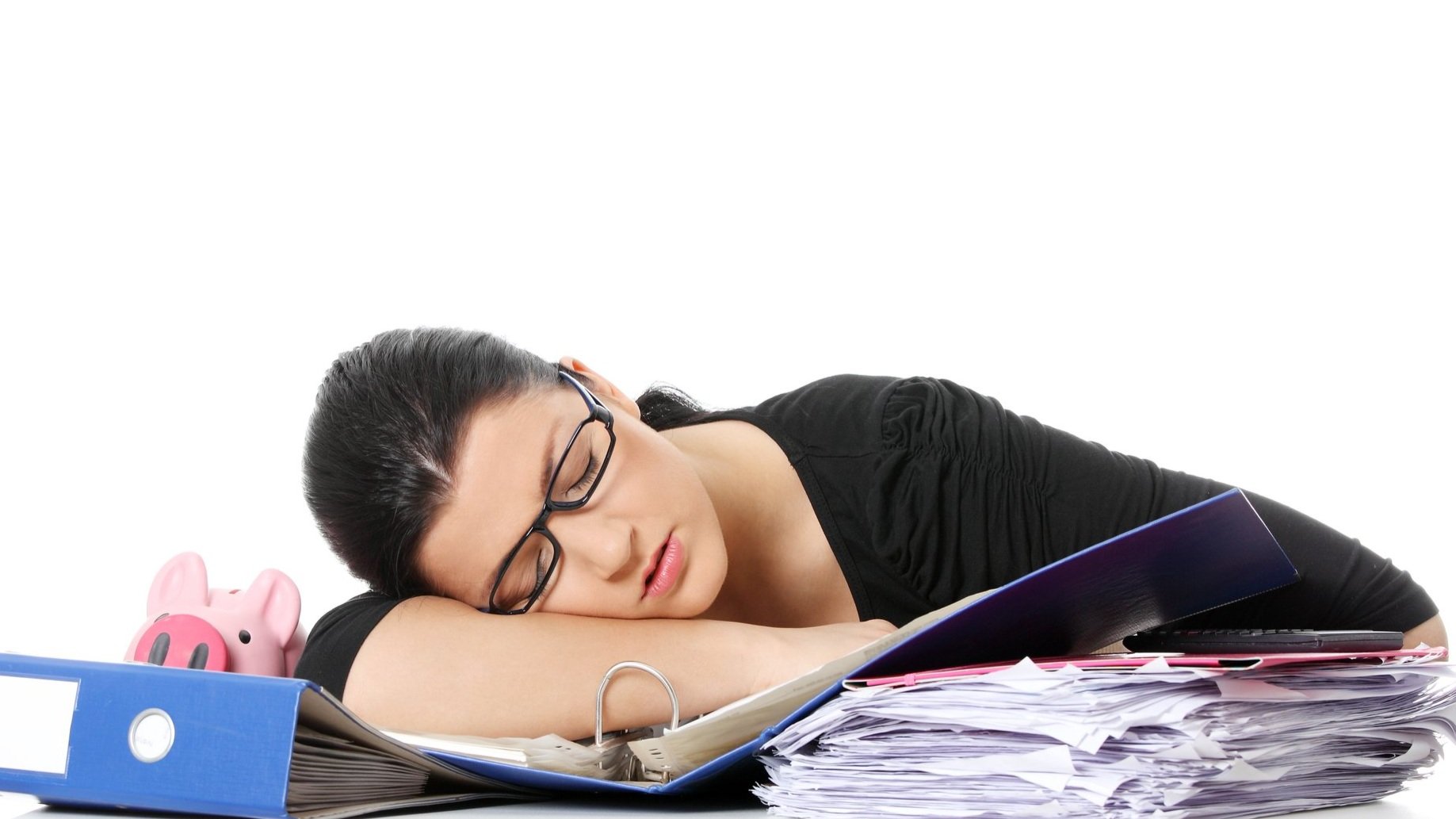Research related to Stroke rehabilitation.
The Effects of Foot Reflexology on Activities of daily living (ADL) and Fatigue in Stroke Patients.
Authors: Song MR, Song HM.
PURPOSE: This study was to examine the effects of foot reflexology on ADL and fatigue in stroke patients.
METHOD: The subjects were 31 stroke patients hospitalized in the Oriental Medicine Hospital from June to November, 2002. Foot reflexology was applied to the experimental group twice a week for 6 weeks, 40 minutes each. For the data analysis, statistical tests were conducted to verify the general characteristics and clinical characteristics. To examine the relative efficacy of the intervention statistical tests were conducted.
RESULTS: After foot reflexology, the subjects in the experimental group showed significant improvement in ADL. They also had less physical, psychological, and neuro sensory fatigue, which are three areas of fatigue.
CONCLUSION: The results suggest that foot reflexology is an effective intervention that helps the body work efficiently, eases stress and strain, and enhances the homeostasis of the body through stimulating the reflex zone of internal organs in the body. Therefore,after further larger studies, it may be advisable to develop foot reflexology as a therapy during stroke rehabilitation.
The Effects of Community based Self-help Management Program on the Activity of Daily Life, Muscle Strength, Depression and Life Satisfaction of Post-stroke Patients.
Kim KS, Sea H, Kang J.
Stroke is a leading causes of death. The authors developed a community based self-help management program for post-stroke patients to enhance their rehabilitation process. The program consists of five sessions and each session contains health education. range of movement (ROM) exercise, ADL training, and stress management including foot reflexology. To test the effects of the program we conducted a 5 week program to the 10 conveniently selected post-stroke patients. The Questionnaires about ADLs, depression and life satisfaction were asked to all subjects before and after the programme. The hand grasp power and muscle strength of four limbs were measured at the end of each session.
The analysis of data revealed that the program was effective to increase the ADLs, and muscle strength and to decrease the depression levels of subjects. However, there was no significant difference between pre and post hand grasp power and life satisfaction. Because the program was effective to improve the physical and psychological function of subjects, we suggest continual development and implementation of community based self-help management programs.
The analysis of data revealed that the program was effective to increase the ADLs, and muscle strength and to decrease the depression levels of subjects. However, there was no significant difference between pre and post hand grasp power and life satisfaction.
Further research has also shown positive results regarding maintaining healthy blood pressure post stroke.
Reflexology is a complimentary therapy and should not be used to replace prescribed medication or treatment. If you feel you are at risk of stroke please contact your medical practitioner. If you suspeect you or someone you are with is experiencing a stroke call 999 (in uk) for emergency medical intervention.
The main stroke symptoms can be remembered with the word FAST: Face-Arms-Speech-Time. (NHS.UK)
- Face – the face may have dropped on one side, the person may not be able to smile or their mouth or eye may have drooped
- Arms – the person with suspected stroke may not be able to lift one or both arms and keep them there because of arm weakness or numbness
- Speech – their speech may be slurred or garbled, or the person may not be able to talk at all despite appearing to be awake
- Time – it is time to dial 999 immediately if you see any of these signs or symptoms
For more information on Reflexology click here.
